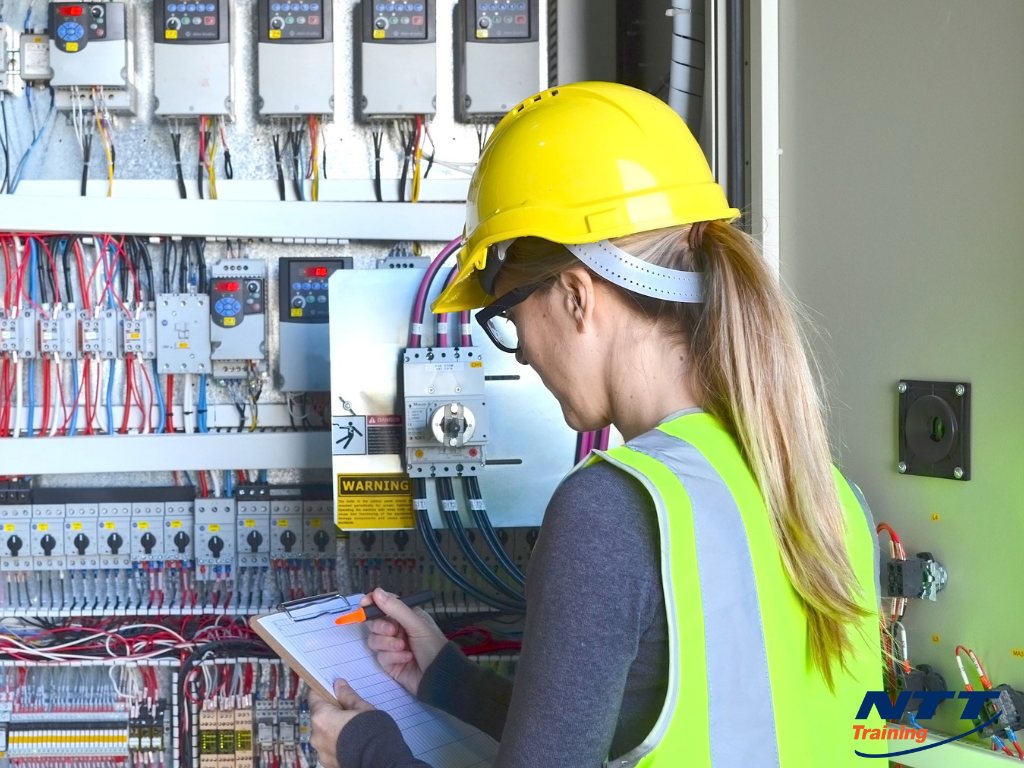Accurate electrical system troubleshooting to meet your needs.
Leading Tips for Effective Electrical System Troubleshooting
Repairing electric systems requires a systematic strategy, based in a comprehensive understanding of electric principles and safety and security procedures. By familiarizing oneself with circuit parts, making use of crucial tools, and sticking to a structured analysis technique, specialists can successfully identify and settle issues. The subtleties of effective troubleshooting extend past plain technical understanding; recognizing how to document findings and prioritize safety can substantially affect end results. As we check out these important elements additionally, it becomes clear that understanding this procedure is not just useful however vital for success in the area.
Understand the Essentials
Understanding the basics of electrical systems is vital for effective troubleshooting, as a strong foundation allows specialists to diagnose and deal with concerns more effectively. An extensive understanding of electrical principles, such as voltage, present, resistance, and power, is crucial in determining the source of problems. Voltage is the electrical prospective distinction that drives existing with a circuit, while resistance opposes the flow of existing, impacting the overall functionality of the system.
Experience with circuit elements, including resistors, capacitors, diodes, and switches, is additionally paramount. Each part plays an unique function in circuit actions and can impact efficiency when malfunctioning. Additionally, understanding collection and parallel circuit configurations is important, as these arrangements affect the distribution of voltage and existing within the system.
Service technicians have to be mindful of potential threats, such as shock and short circuits, to apply safe troubleshooting techniques. By mastering these fundamental principles, technicians boost their capacity to conduct reliable diagnostics and repairs, ultimately leading to improved performance and reliability of electrical systems (electrical system troubleshooting).
Gather Necessary Equipment
Effective troubleshooting of electric systems requires the best set of devices to diagnose and solve problems accurately. Vital tools include a multimeter, which determines voltage, present, and resistance, enabling for exact examinations of electric components.
Additionally, shielded hand devices such as screwdrivers, pliers, and cord strippers are vital for safely adjusting electrical links. It is also recommended to have a circuit tester available to confirm the existence of voltage in electrical outlets and wires. For even more complicated systems, a thermal imaging camera can help discover overheating components, showing possible failures.

Comply With a Methodical Approach
Having actually collected the ideal tools, the next action in repairing electrical systems is to follow a systematic approach. A methodical approach guarantees that technicians can recognize mistakes successfully and accurately, lessening downtime and avoiding unnecessary repair work.
Begin by evaluating the system's schematic diagrams and specs. This includes checking each component systematically, beginning from the power resource and functioning towards the load.
Make use of testing devices, such as multimeters and oscilloscopes, to gather unbiased information concerning voltage, current, and resistance at numerous points within the system. This empirical proof will certainly direct your troubleshooting initiatives and aid to confirm or get rid of possible root causes of failing.
In addition, take into consideration environmental factors that might influence the system's performance, such as temperature level changes or moisture ingress. try here A thorough inspection of electrical wiring, links, and elements will make certain that all possibilities are accounted for.
File Your Searchings For
Detailed documentation is crucial in the troubleshooting procedure of electrical systems. This method not only aids in comprehending the origin cause of the issue however likewise offers as a recommendation for future repairing efforts.

Furthermore, keeping a log of components changed or repair services done is vital. This information sustains inventory administration and can assist evaluate the long life and dependability of particular components.
Inevitably, the paperwork procedure should be extensive yet succinct, allowing simple retrieval and evaluation - electrical system troubleshooting. By focusing on detailed documents, professionals can create a valuable data base that not only aids in existing troubleshooting but also encourages future upkeep initiatives, thus boosting overall system reliability

Prioritize Safety And Security Actions
Acknowledging the intrinsic risks related to electric systems is important for making sure security during troubleshooting. Electric shock, burns, and devices damages are simply a few of the prospective threats that service technicians face. Focusing on precaution is not only a legal commitment yet additionally an ethical crucial that safeguards both the specialist and the surrounding setting.
Prior to starting any kind of troubleshooting task, technicians should don appropriate individual safety devices (PPE), consisting of insulated gloves, shatterproof glass, and flame-resistant garments. Making certain that the workplace is completely dry and without mess can considerably decrease the risk of mishaps. Additionally, it is essential to de-energize circuits before starting any kind of work, confirming that they are not live through making use of a multimeter navigate to this site or voltage tester.
Developing clear communication procedures with staff member is additionally vital; this makes sure that everyone recognizes prospective hazards and the standing of the electrical system being worked with. Lastly, having an emergency situation feedback plan in location can show indispensable in the event of an incident. By prioritizing precaution, specialists can efficiently alleviate dangers and promote a safer workplace.
Conclusion
Effective electrical system troubleshooting counts on a comprehensive understanding of essential concepts and a methodical technique. By gathering vital tools, sticking to methodical evaluation techniques, and carefully documenting findings, the repairing procedure becomes a lot more effective and reputable. Focusing on security actions ensures the health of individuals entailed and the stability of the electric system. Implementing these approaches will improve the troubleshooting experience, resulting in quicker resolutions and boosted operational performance in electric systems.